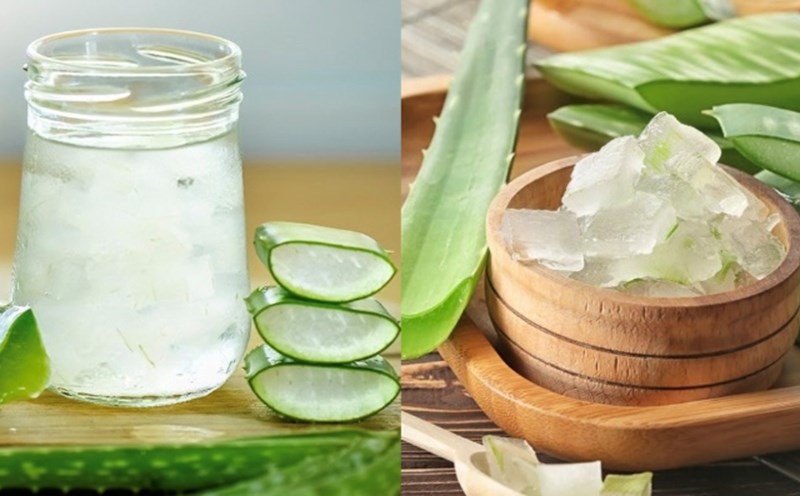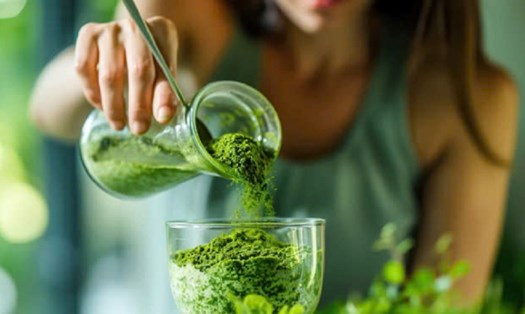Japanese Sedge is known as an indoor ornamental plant with a slender trunk and lush green foliage. Sedge not only creates an accent but also brings coolness and purifies the air in the family.
With its easy-to-grow and care characteristics, Japanese sedge is a great choice if you want a cool, airy green space.
First, housewives need to pay attention to choosing Japanese sedge varieties to plant. Accordingly, there are many diverse types of plants, but you should choose a slender stem, green foliage and suitable for indoor conditions.
Sedges can be purchased from reputable garden stores or grown from seeds. Choosing healthy seedlings will make the care process easier later.
Regarding soil, Japanese sedge grows best in rich, well-drained soil. Garden soil can be mixed with sawdust or coconut fiber to create ventilation for the soil. To give the plant optimal growing conditions, housewives can add a little organic fertilizer to the soil mixture.
Choose a pot that is the right size for the plant, not too big but not too small and make sure the pot has drainage holes at the bottom to avoid waterlogging.
To grow Japanese sedge properly, housewives should follow the following process:
Step 1 - Treat the soil by exposing it to sunlight to kill harmful bacteria and insects. Add a layer of pre-mixed soil to the bottom of the pot, filling about 1/3 of the pot.
Step 2 – Place the Japanese sedge in the pot so that the base of the plant is lying flat in the soil. Then, gently fill in the soil around the base of the plant and lightly press the soil but do not press it too tightly, making it difficult for the plant to drain.
Step 3 - After planting, water the plant evenly every day. However, do not water too much, just keep the soil moist enough because Japanese sedge is a moisture-loving plant but is susceptible to root rot if watered too much.
Japanese sedge also prefers indirect light, so you should choose a place to plant the plant in a location with natural light, especially not exposed to direct sunlight. In case the plant lacks sunlight, you can bring the plant outside for a few hours a week so that the plant can absorb enough sunlight.
Sedges need moisture, so water them about 2-3 times a week, depending on weather conditions and humidity. During the dry season or when the soil dries out quickly, you can increase the frequency of watering to ensure the plant always has enough moisture.
Housewives can fertilize Japanese sedge plants once a month for better growth. Organic fertilizer or foliar fertilizer can be used to provide enough nutrients for the plant. At the same time, be careful not to over-fertilize, and the fertilizer should be diluted before watering the base of the plant.











